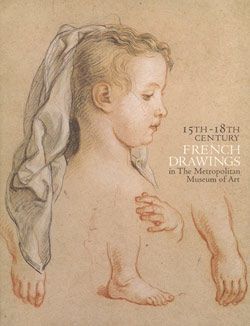Design for a Frieze with Two Women Flanking an Urn
attributed to Giuseppe Cades Italian
Not on view
The highly sculptural features of this design are characteristic for some of the drawings by the artist Giuseppe Cades. Active as a painter and sculptor in Italy during the second half of the 18th century, his designs channel both the influence of the Antique and the Renaissance periods. Although this particular design for a frieze has a very monumental quality to it, its intended purpose is unknown. The fact that Cades introduces two variants for the decoration of the side panels indicates that he was still trying out different ideas. The panel on the right with the hybrid female figure in the almond-shaped frame is repeated in a related drawing kept in the Musée Vivenel (Compiègne, France). There it is combined with three similar female figures, portrayed as caryatids. It has been suggested that the two sheets together form part of a project for the decoration of a wall and ceiling, reminiscent of Michelangelo’s Sistine Chapel in the Vatican Palace in Rome. No documentary evidence of such a project has thus far surfaced however and it is unclear whether these designs were ever realized.
This image cannot be enlarged, viewed at full screen, or downloaded.





